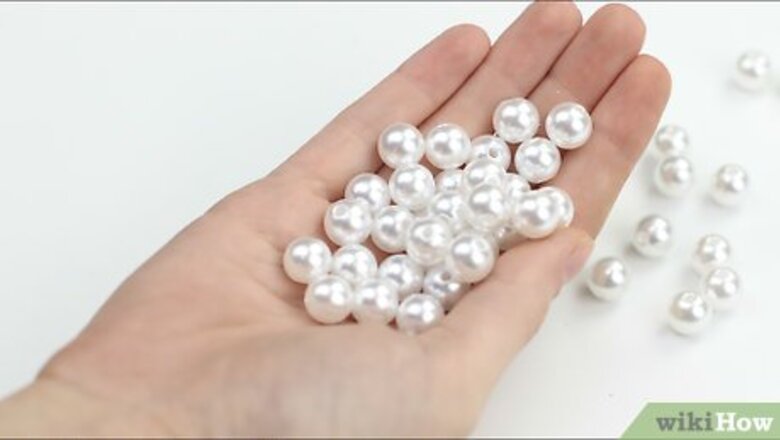
views
Preparing Your Pearls and Equipment
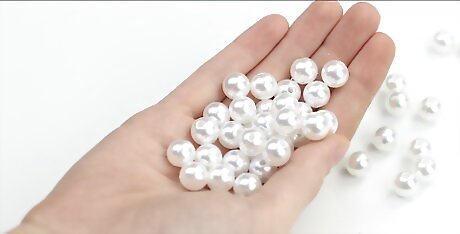
Choose beautiful, real pearls for your earrings. Real pearls should have a slightly rough surface that creates friction. They will also not be perfectly round. However, it is almost impossible to tell if a pearl is real. Make sure the pearls you are using are the size and shape you’re looking for. They’ll also need a hole to run the pin through them.
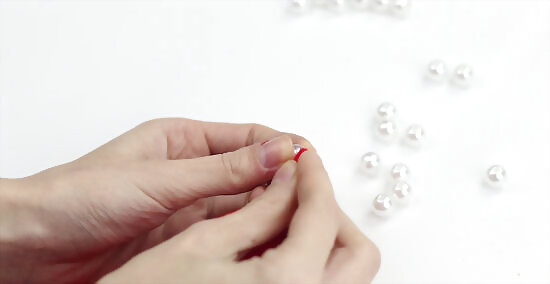
Use clean pearls. If you need to clean your pearls, there are effective and easy ways of doing that without damaging the pearls. You’ll need designated jewelry cleaner and a soft cloth. Avoid ammonia, harsh chemicals, ultrasonic cleaners, toothbrushes and other abrasives. Use only jewelry cleaners specifically labeled as safe for pearls.
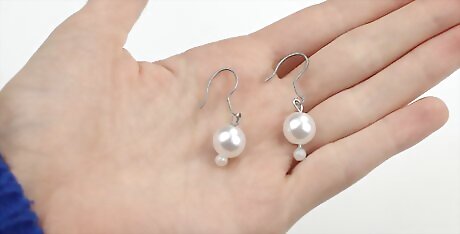
Make both earrings step-by-step together. This is not absolutely necessary but very helpful. Assembling both earrings together will make it easier for you to do each step, particularly when you’re new to the process. This also tends to make each step for one earring consistent with each step for its matching earring.
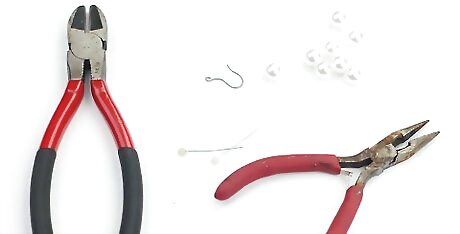
Prepare your equipment, including safety equipment. Don’t forget to wear safety goggles as well to protect your eyes. You’ll also need two headpins, two French hook earring wires, round nose pliers, and wire cutters. Headpins and earring wires are available at craft stores or art supply outlets. Headpins are straight pins that have a ball or a flat circular surface at one end to stop a pearl or bead from sliding off. Decide whether you want a flat or balled end, and whether you’d like a silver or brass/gold-colored pin. French hook earring wires are long, curved hooks that go through the ear and hang on their own; they don’t require an earring back.
Assembling Pearl Bead Earrings
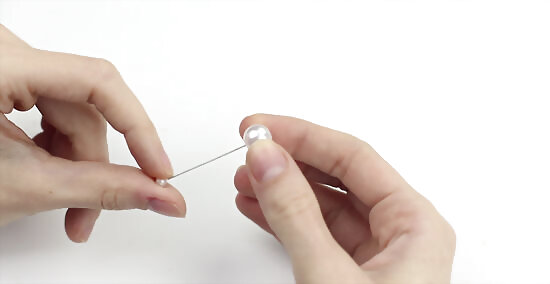
Slide the pearl onto the headpin. It should not slide off the other side, but be held in place by the flat head or ball head of the pin. So, let the pearl slide to that side of the headpin.
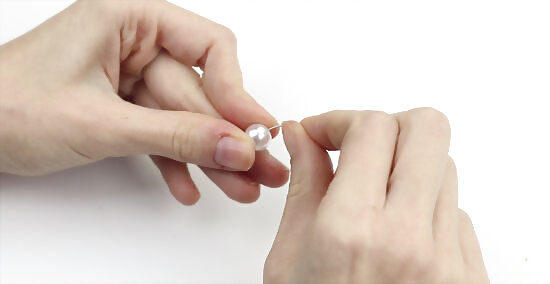
Bend the headpin. Bend close to the pearl, just about a half centimeter above it. Use your hands to bend the pin above the pearl at approximately an 80 degree angle.
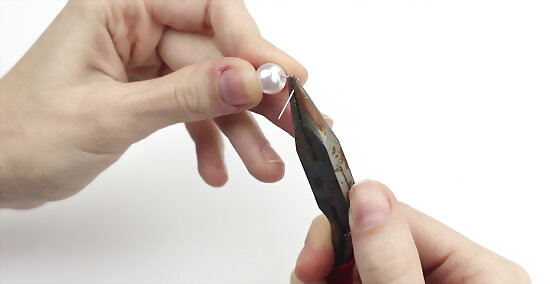
Hold with round nose pliers. Grip the bent wire with round nose pliers directly above the pearl.
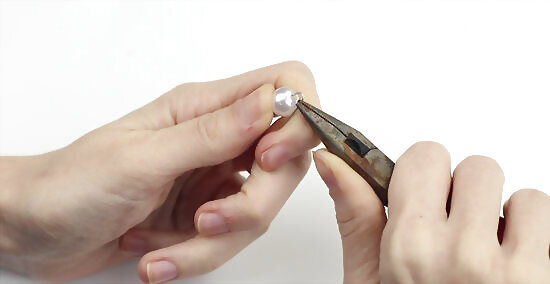
Make a loop. Start making a loop by bending the headpin clockwise around the tip of the round nose pliers. Adjust your pliers if you need to.
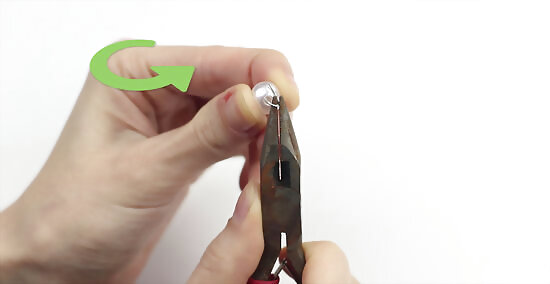
Bend the wire until you have a complete loop. The loop should not be very large. It should wrap nicely around the round nose pliers so that it’s just the circumference of the end of the pliers.
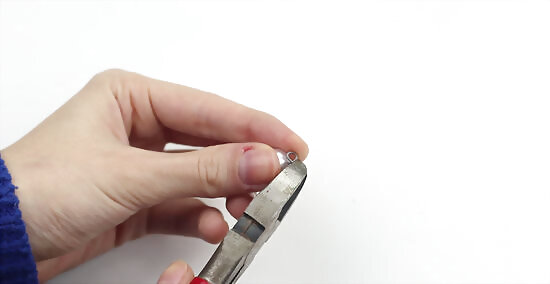
Cut off the excess wire. Use wire cutters to cut off the extra wire that does not form part of the loop. Cut above the loop so that just the loop is remaining. Always protect your eyes with safety goggles when cutting wire.
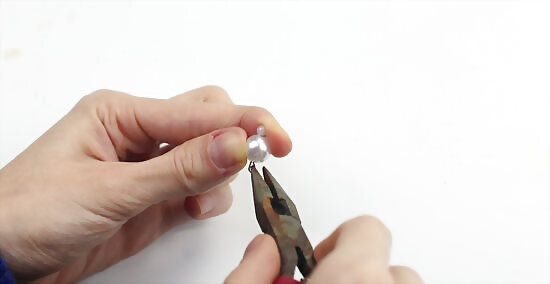
Open the loop slightly. Using your round nose pliers, open the loop just enough to slide the French hooks onto the loop.
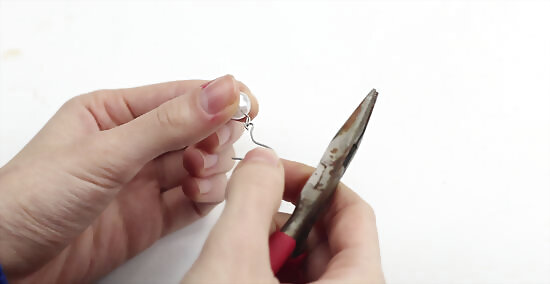
Close the loop. Re-close the loop completely to prevent the hooks from slipping out. All finished!












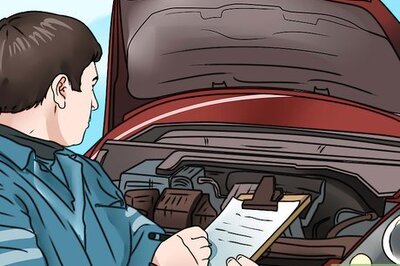




Comments
0 comment